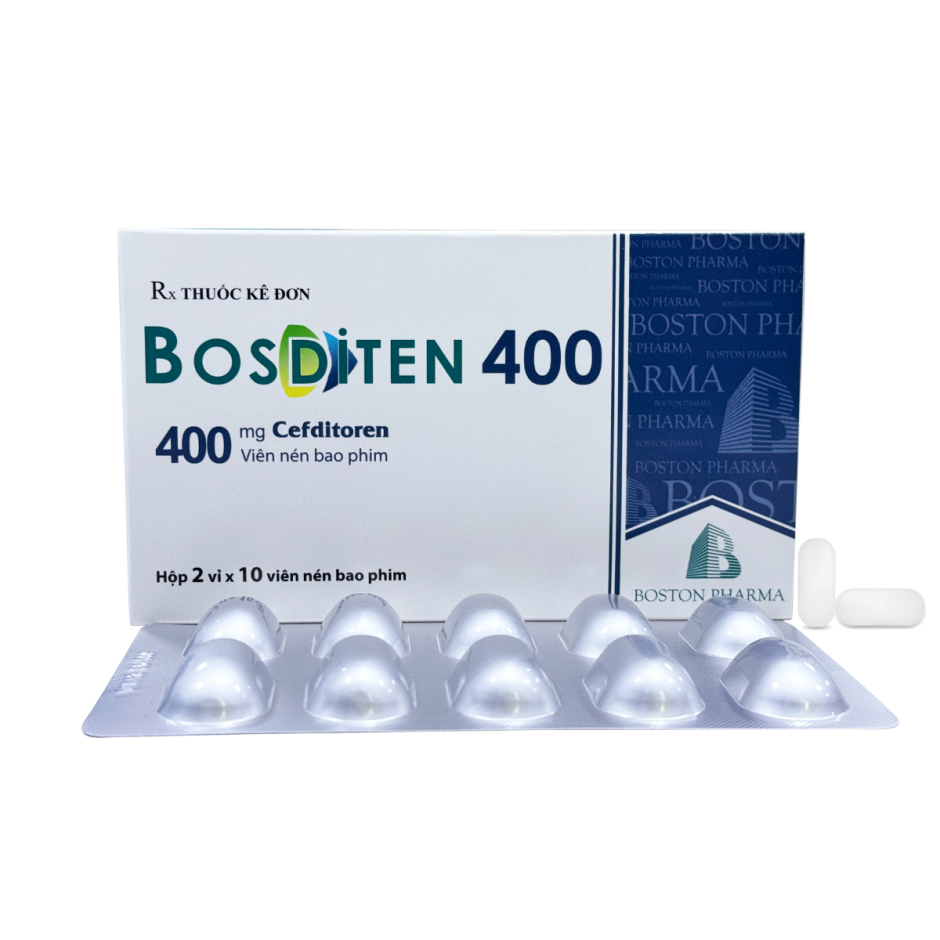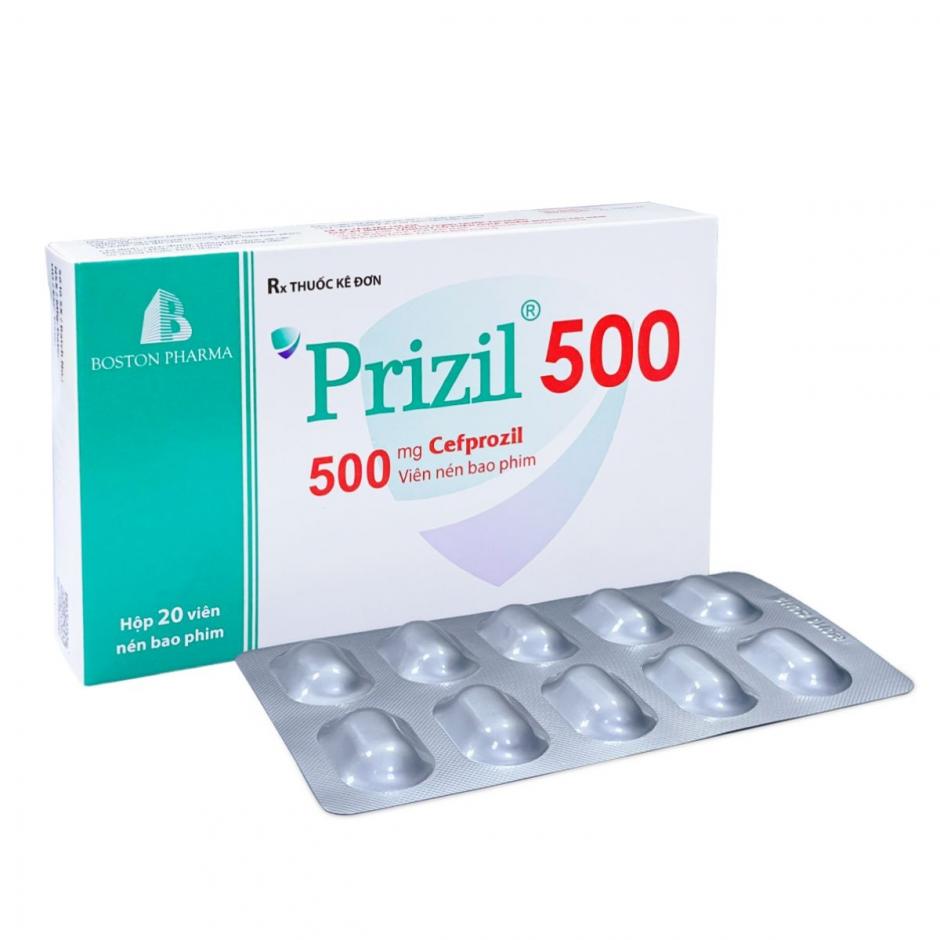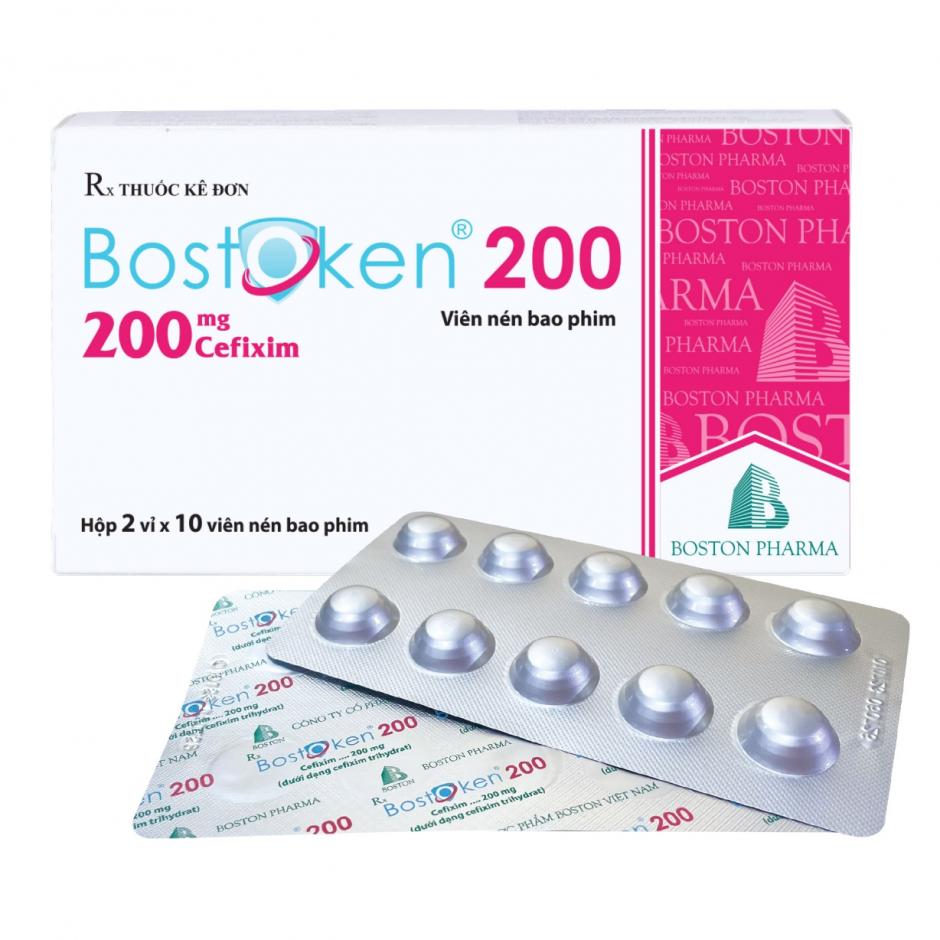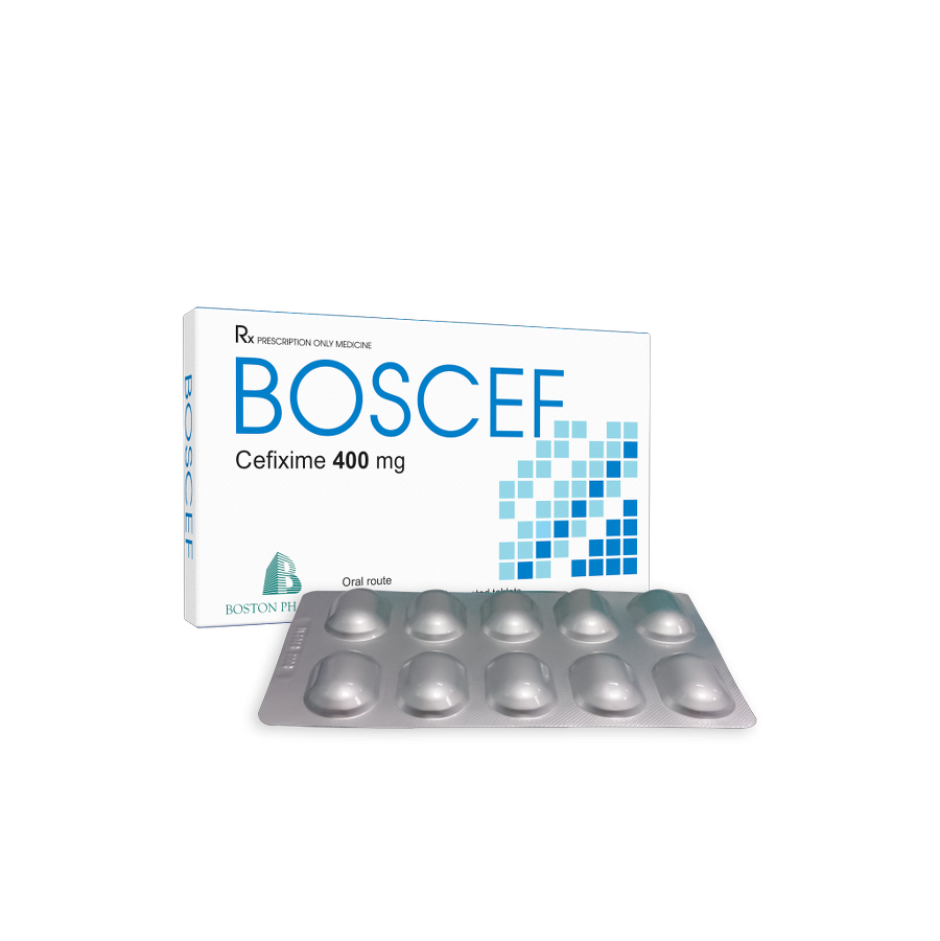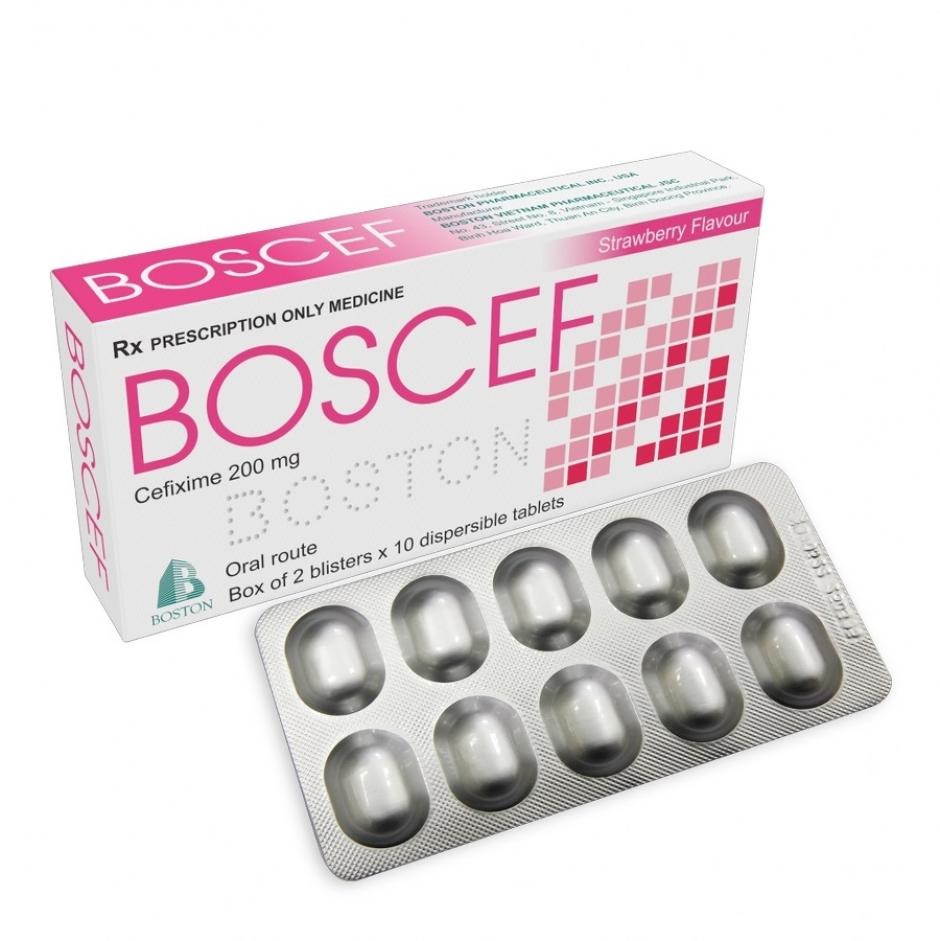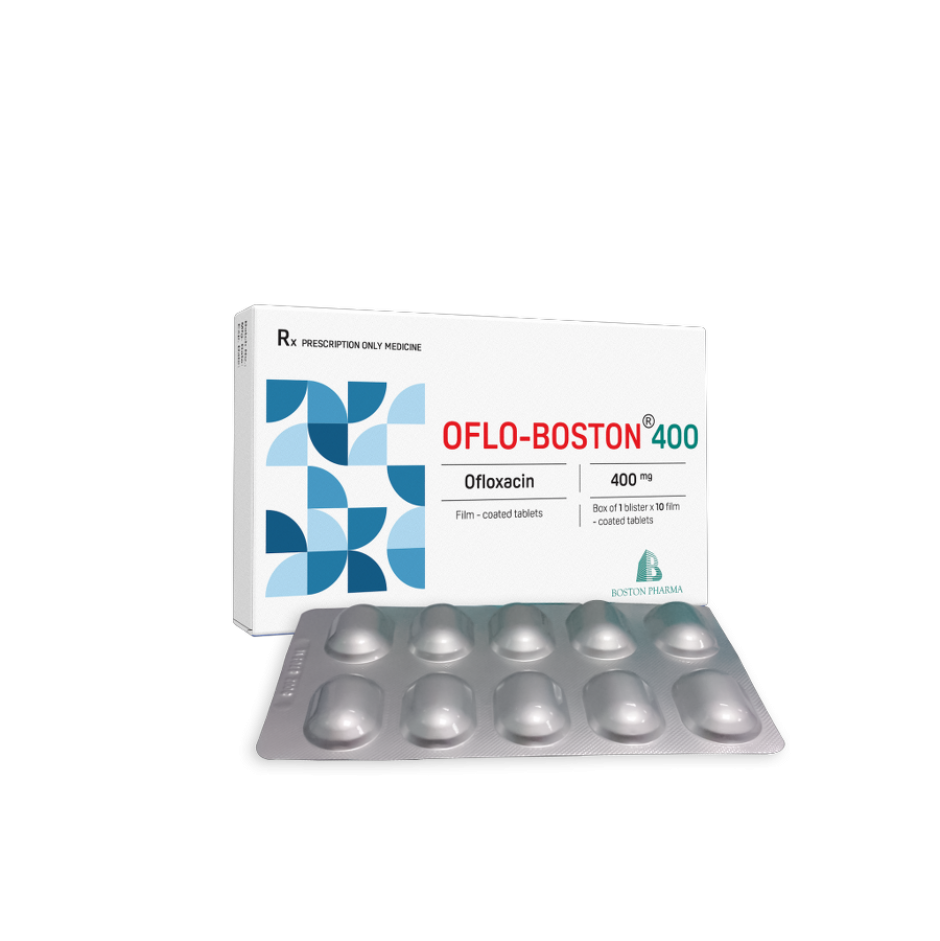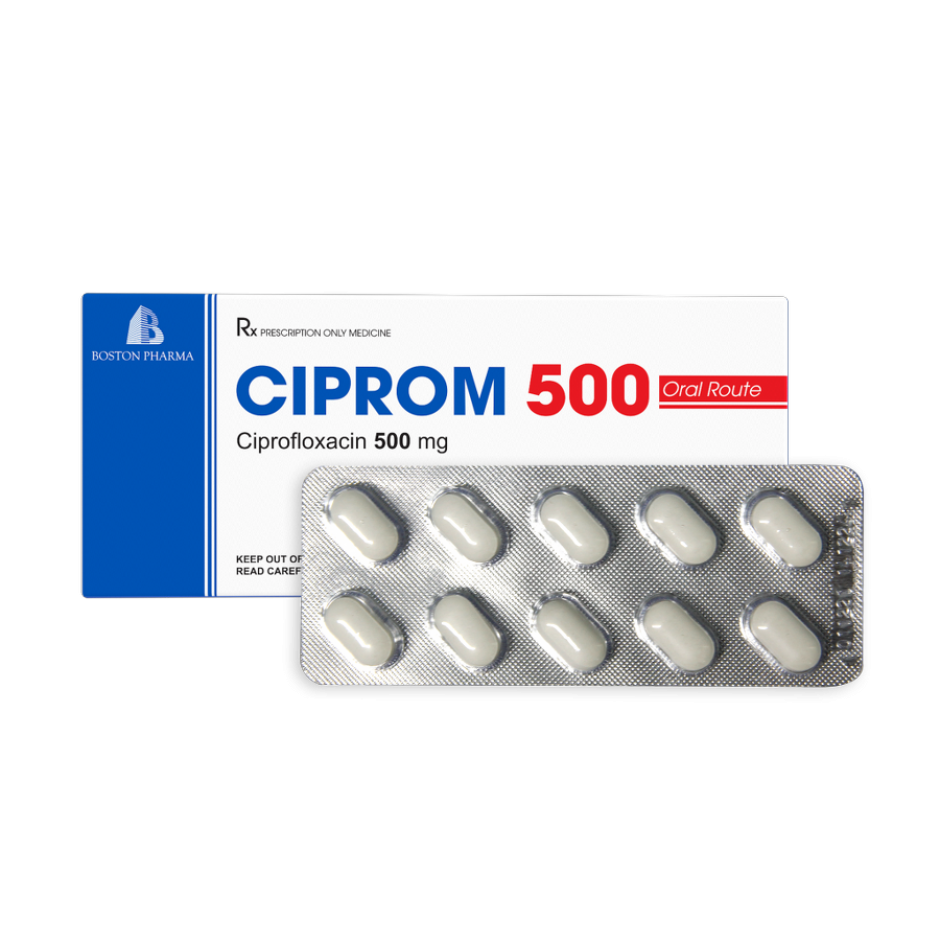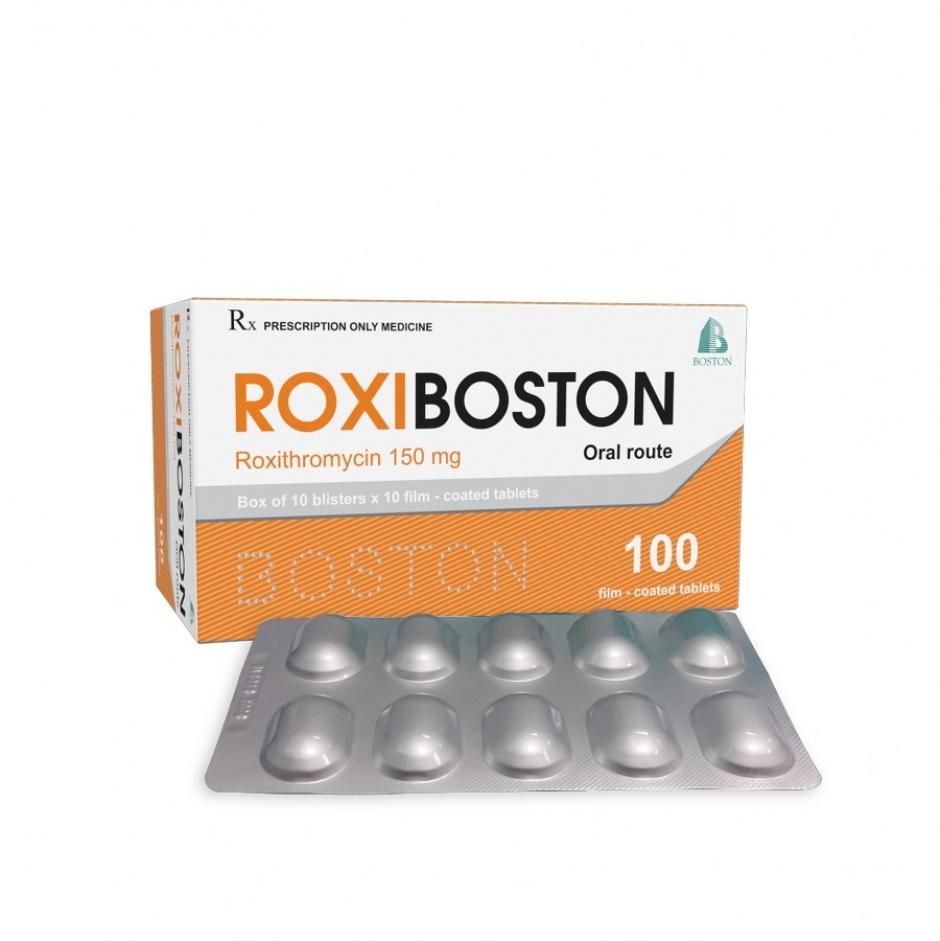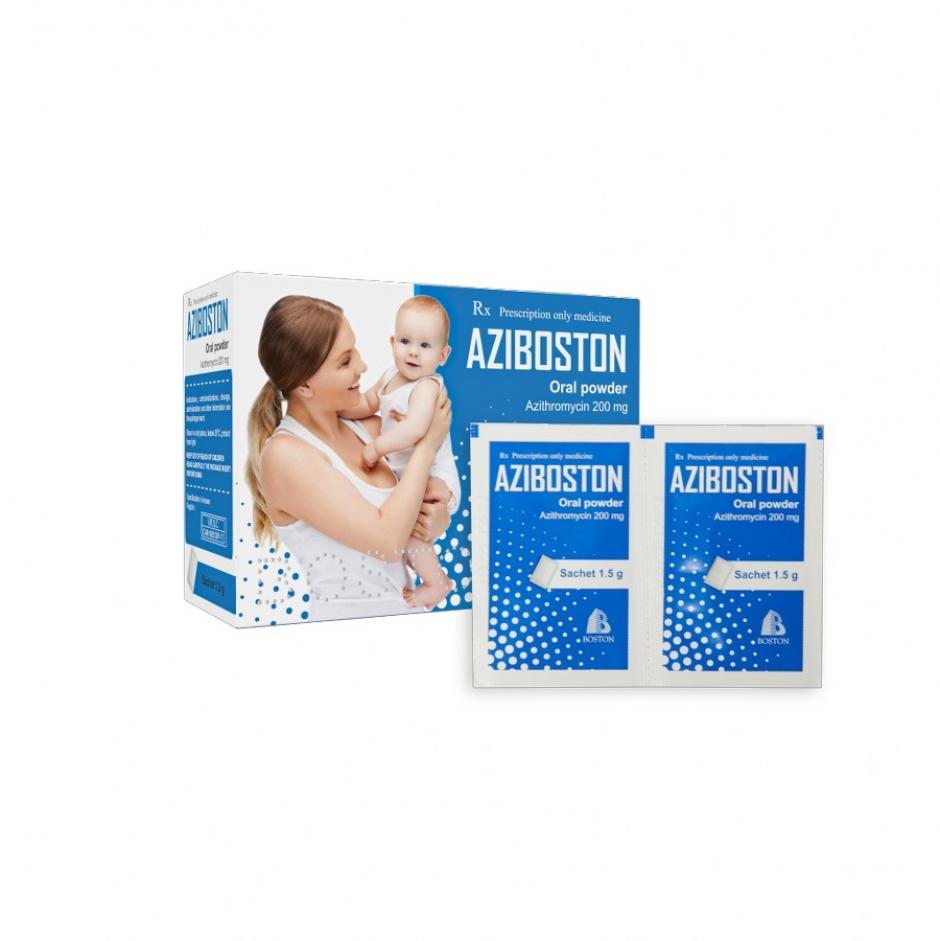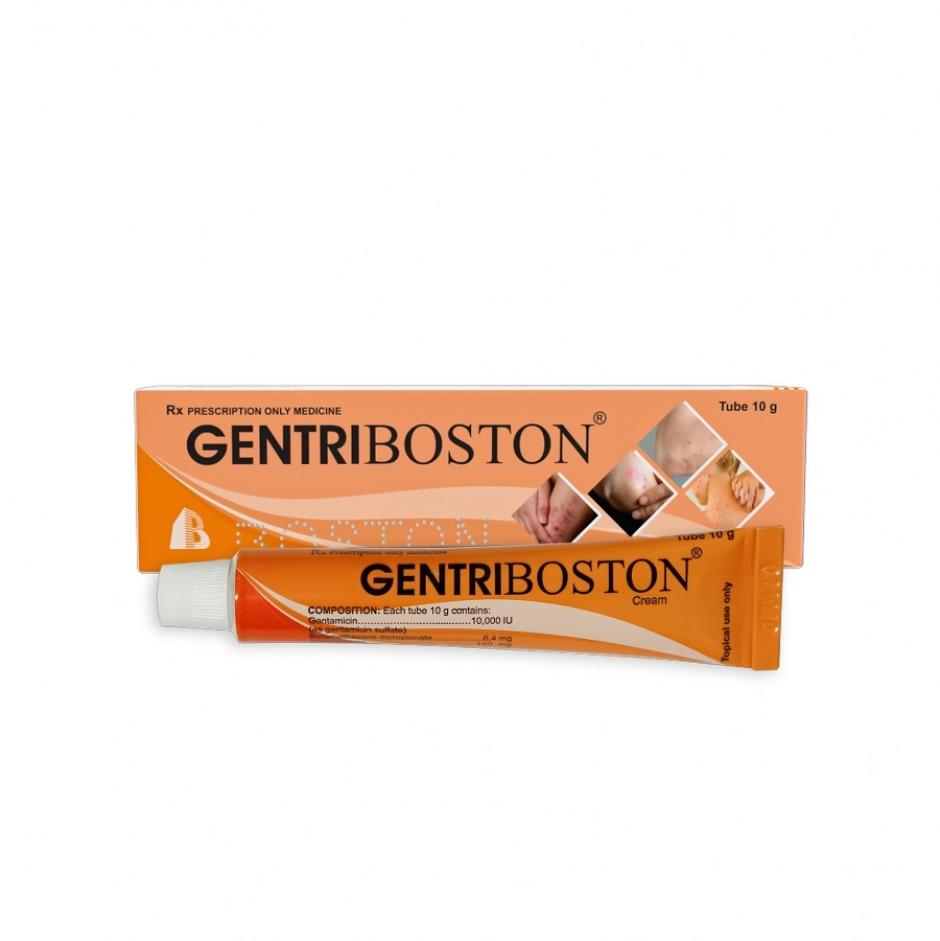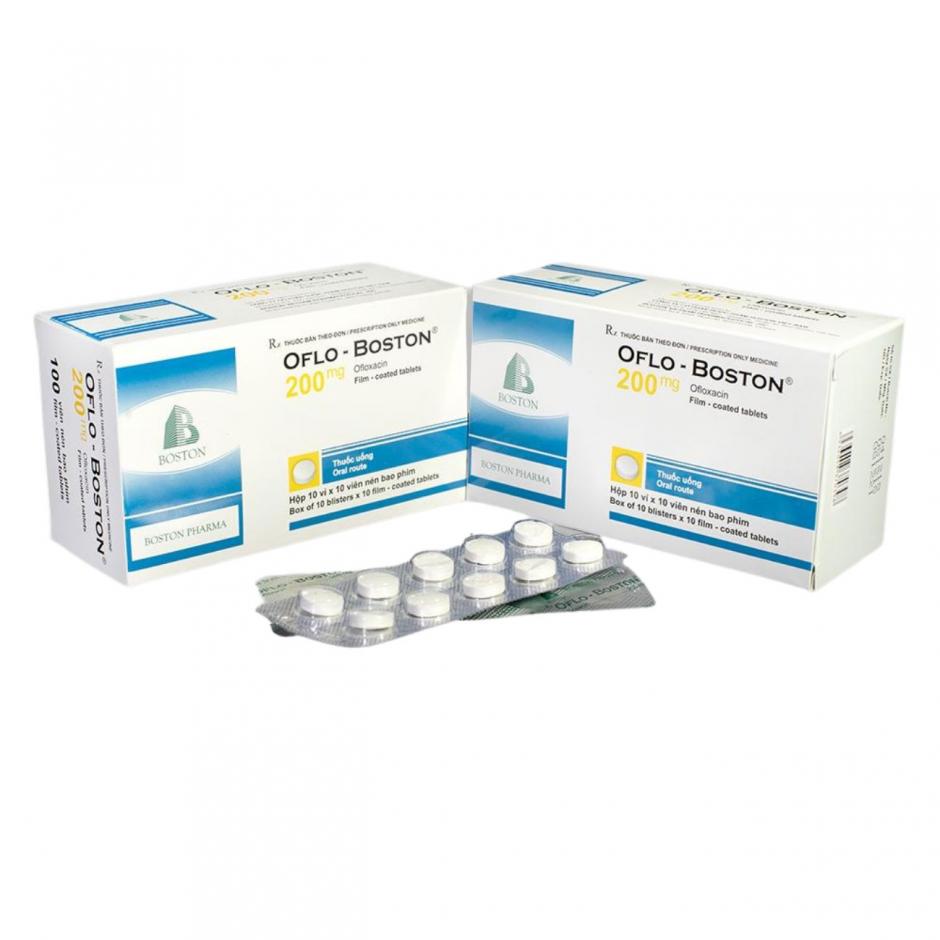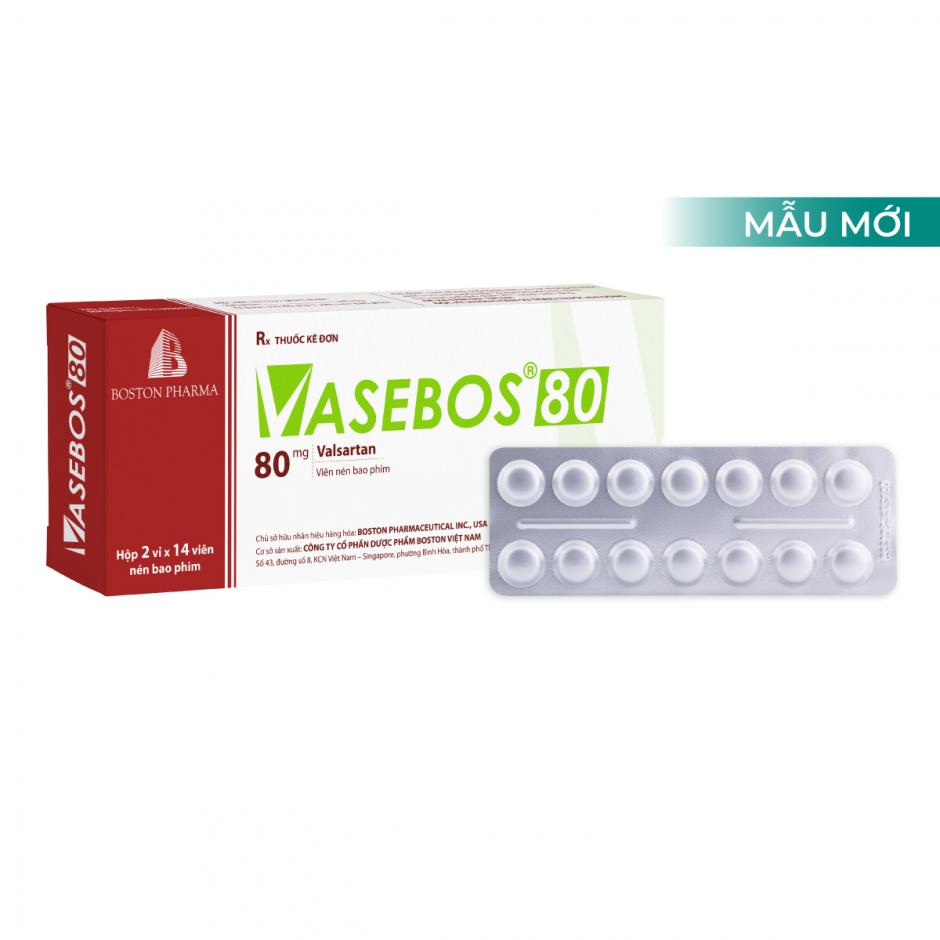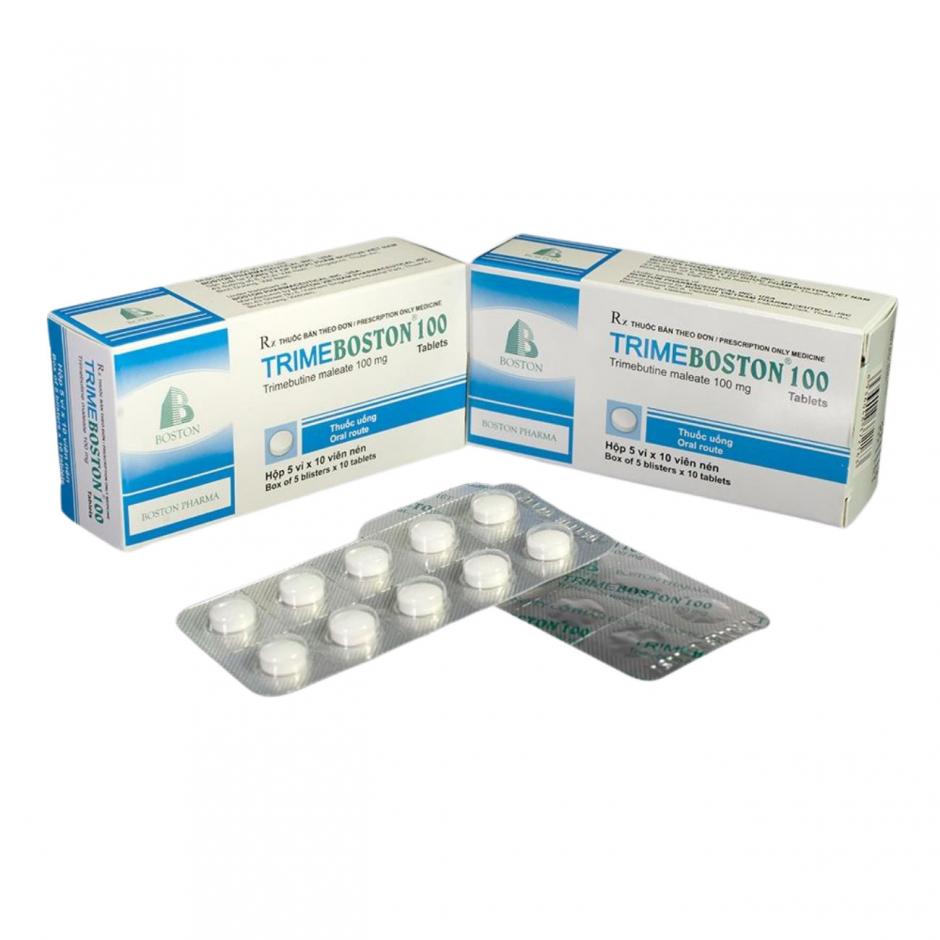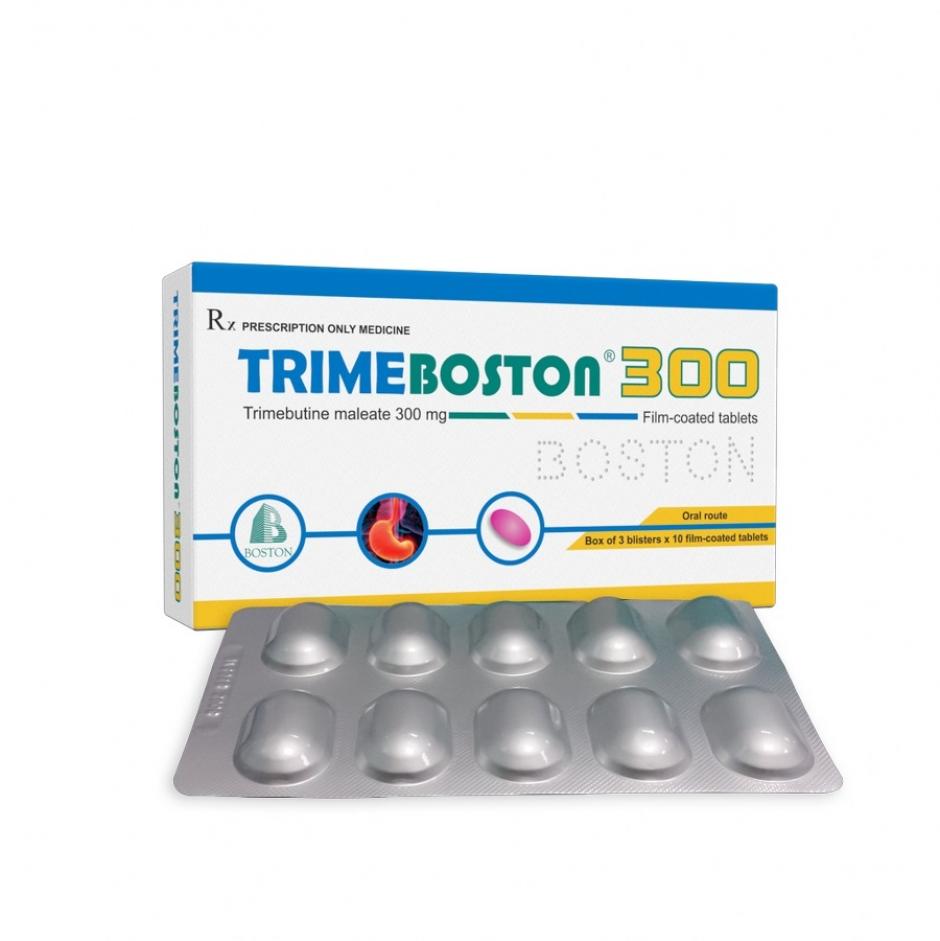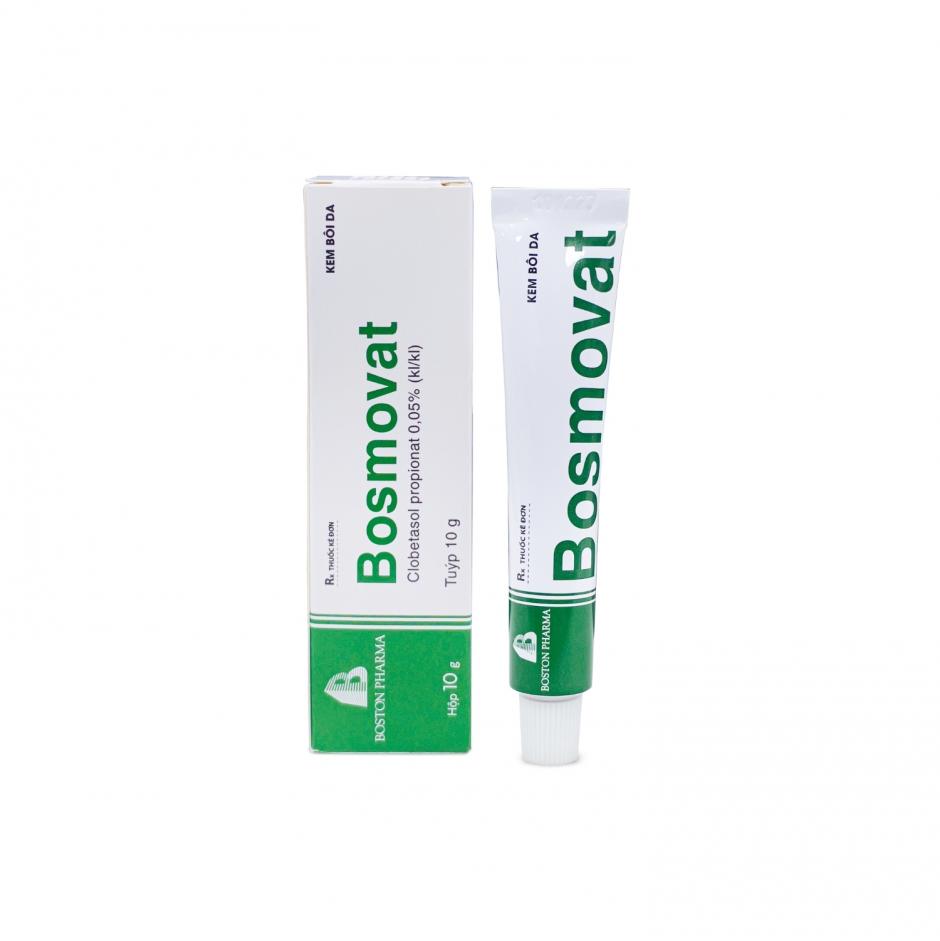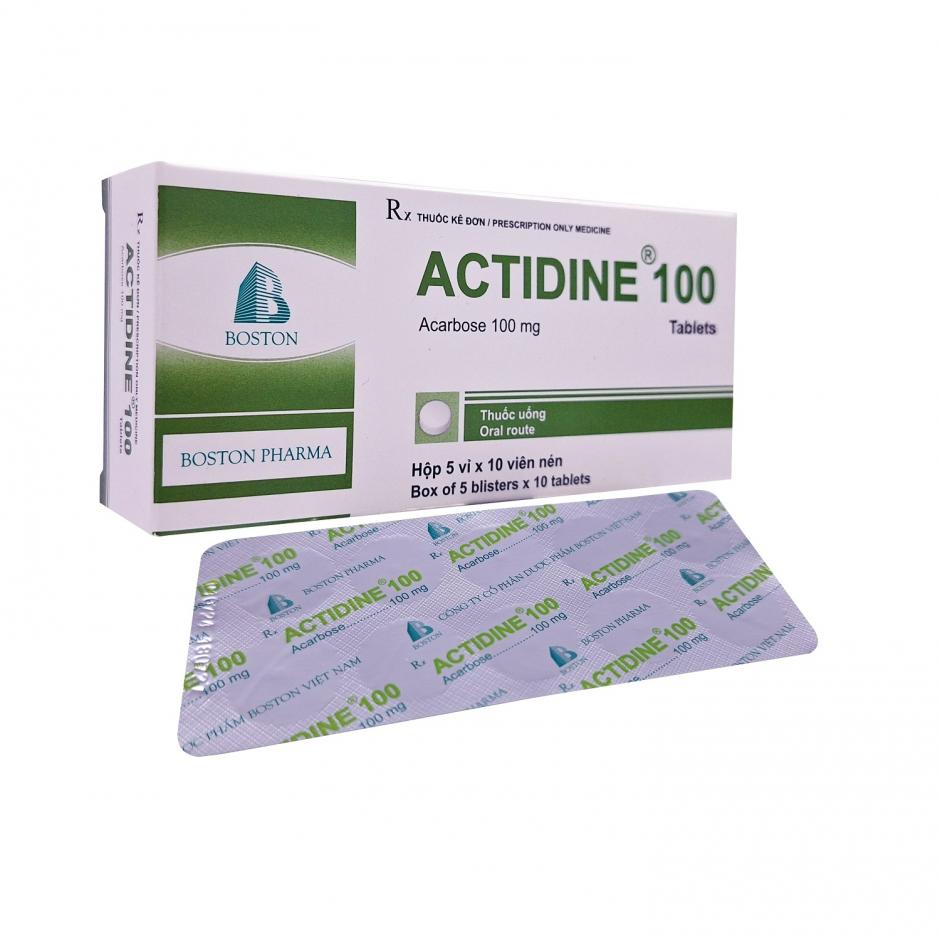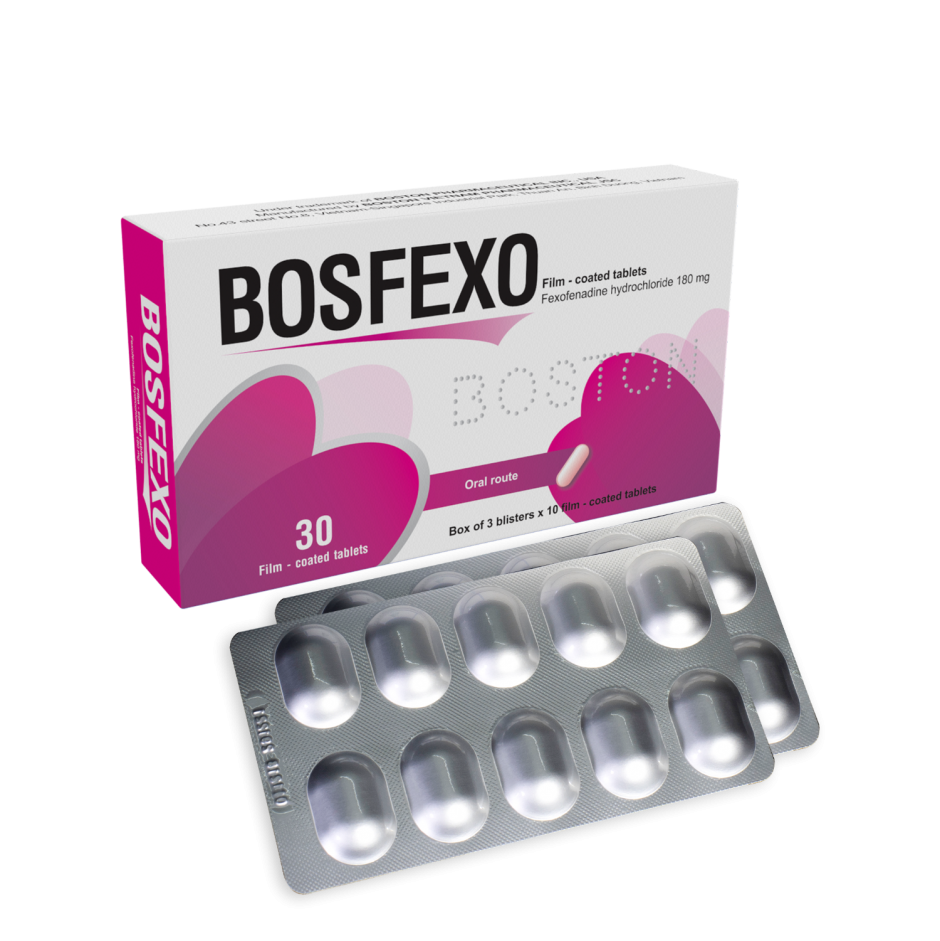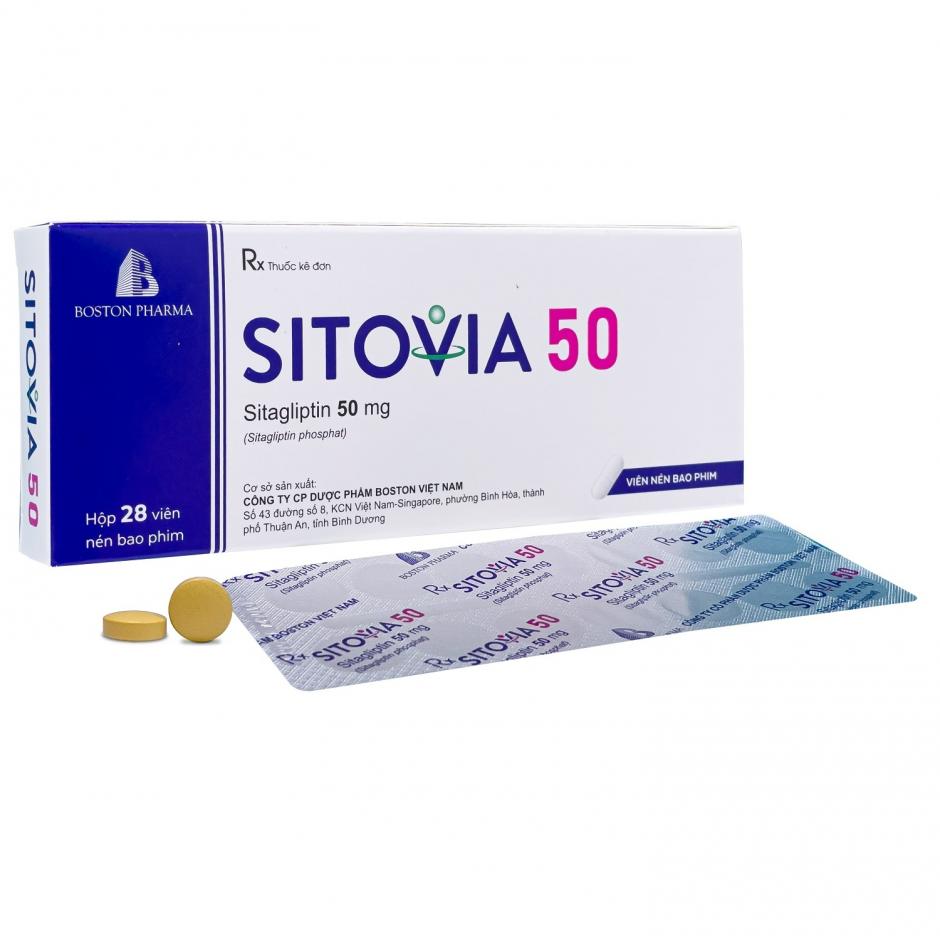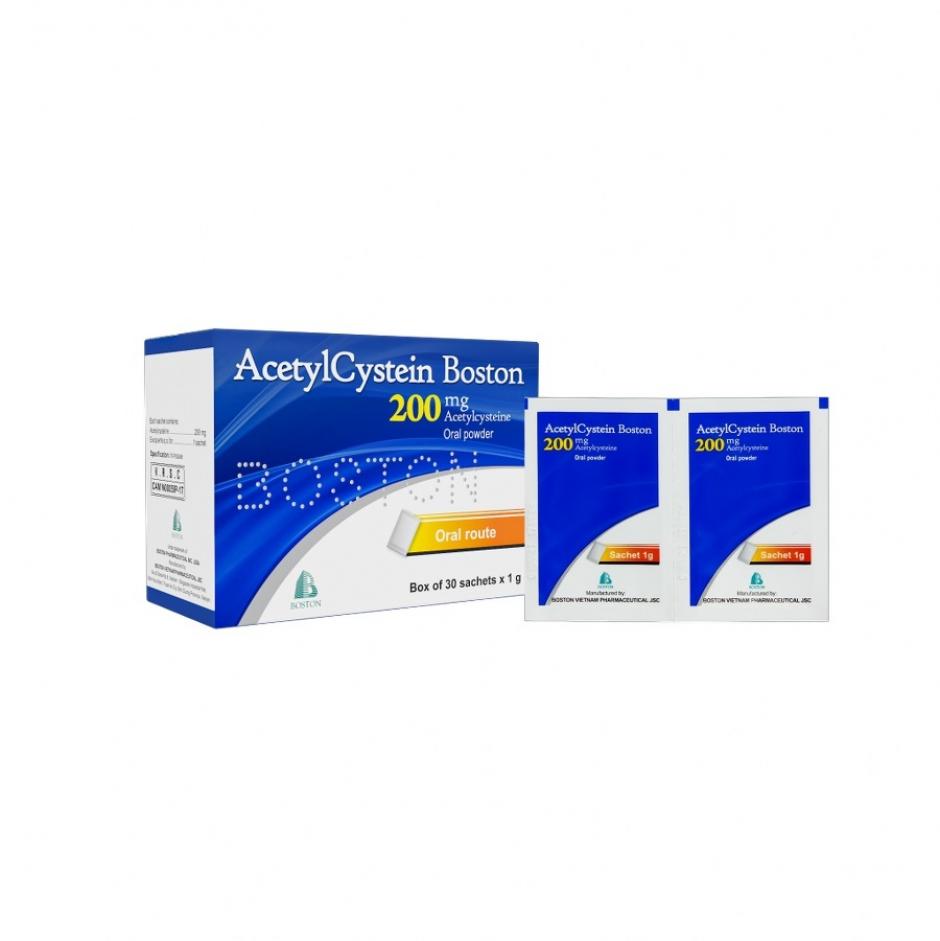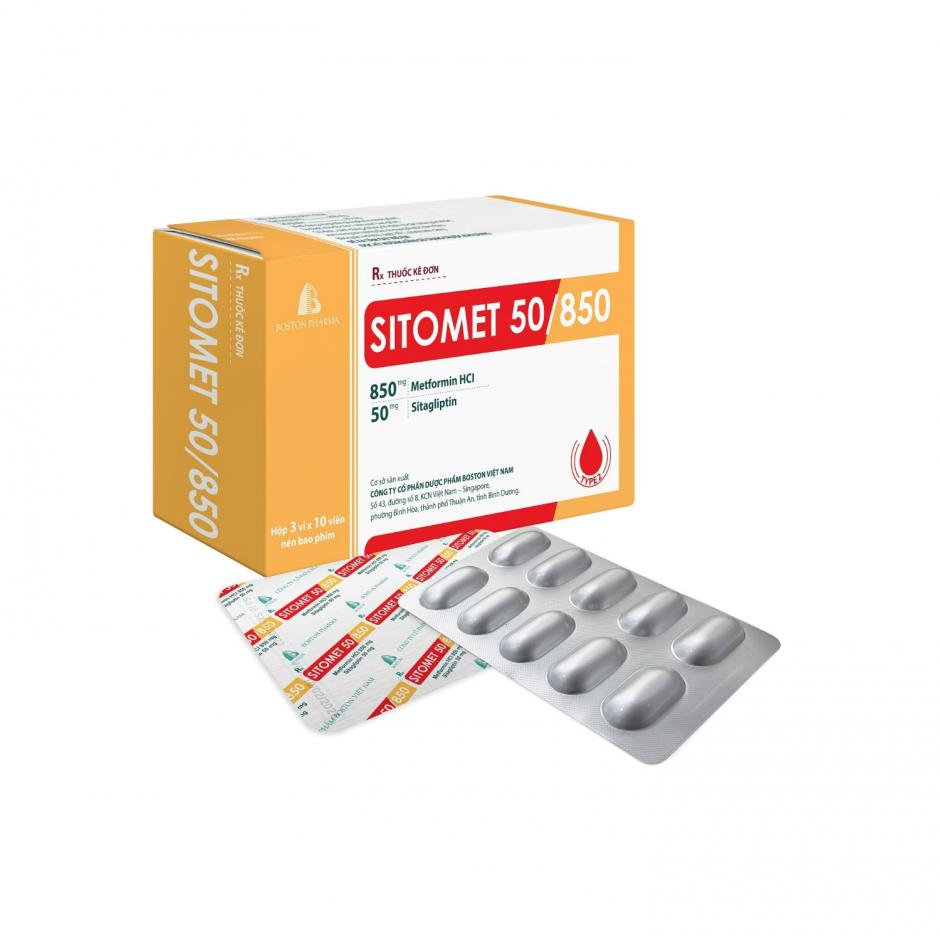DOSAGE AND ADMINISTRATION
Volexin 500 film-coated tablet is administered orally, the usual dose is 250 mg, 500 mg or 750 mg every 24 hours, as indicated by infection and described in Table 1. They may be divided at the scoreline to adapt the dose. The tablets may be taken during meals or between meals. Volexin 500 should be taken at least 2 hours before or after iron salts, zinc salts, magnesium- or aluminium-containing antacids, or didanosine, and sucralfate administration, since reduction of absorption can occur.
These dose recommendations apply to patients with ClCr ≥ 50 mL/min. For patients with ClCr < 50 mL/min, adjustment to the dosing regimen are required (see Table 2).
Table 1. Dosage in adult patients with normal renal function (ClCr ≥ 50 mL/min)
|
Type of Infection
|
Dosed every 24 hours
|
Duration (days)
|
|
Nosocomial Pneumonia
|
750 mg
|
7 – 14
|
|
Community Acquired Pneumonia (1)
|
500 mg
|
7 – 14
|
|
Community Acquired Pneumonia (2)
|
750 mg
|
5
|
|
Complicated Skin and Skin Structure Infections (SSSI)
|
750 mg
|
7 – 14
|
|
Uncomplicated SSSI
|
500 mg
|
7 – 10
|
|
Chronic Bacterial Prostatitis
|
500 mg
|
28
|
|
Complicated Urinary Tract Infection (cUTI) or Acute Pyelonephritis (AP) (3)
|
750 mg
|
5
|
|
Complicated Urinary Tract Infection (cUTI) or Acute Pyelonephritis (AP) (4)
|
250 mg
|
10
|
|
Inhalation Anthrax (post exposure prophylaxis) (5)
|
500 mg
|
60
|
|
Uncomplicated Urinary Tract Infection
|
250 mg
|
3
|
|
Acute Bacterial Exacerbation of Chronic Bronchitis (ABECB)
|
500 mg
|
7
|
|
Acute Bacterial Sinusitis (ABS)
|
750 mg
|
5
|
|
500 mg
|
10 – 14
|
(1) Due to methicillin-susceptible S. aureus, S. pneumoniae (including MDRSP), H. influenzae, H. parainfluenzae, K. pneumoniae, Moraxella catarrhalis, Chlamydophila pneumoniae, Legionella pneumophila, or M. pneumoniae.
(2) Due to S. pneumoniae (excluding MDRSP), H. influenzae, H. parainfluenzae, M. pneumoniae, or M. pneumoniae.
(3) This regimen is indicated for cUTI due to E. coli, K. pneumoniae, Proteus mirabilis and AP due to E. coli, including cases with concurrent bacteremia.
(4) This regimen is indicated for cUTI due to E. faecalis, E. cloacae, E. coli, K. pneumoniae, Proteus mirabilis, P. aeruginosa; and for AP due to E. coli.
(5) The safety of levofloxacin in adults for durations of therapy boyond 28 days has not been studied. Prolonged levofloxacin therapy should only be used when the benefit outweighs the risk.
Impaired renal function
Table 2. Dosage adjustment in adult patients with renal impairment (ClCr < 50 mL/min)
|
Dosage in normal renal function every 24 hours
|
Creatinine Clearance
|
|
20 – 49 mL/min
|
10 – 19 mL/min
|
Hemodialysis or Chronic Ambulatory Peritoneal Dialysis
|
|
750 mg
|
750 mg every 48 hours
|
750 mg initial dose, then 500 mg every 48 hours
|
750 mg initial dose, then 500 mg every 48 hours
|
|
500 mg
|
500 mg initial dose, then 250 mg every 24 hours
|
500 mg initial dose, then 250 mg every 48 hours
|
500 mg initial dose, then 250 mg every 48 hours
|
|
250 mg
|
No dosage adjustment required
|
250 mg every 48 hours. If treating uncomplicated UTI, then no dosage adjustment is required
|
No information on dosing adjustment is available
|
Impaired liver function
No adjustment of dose is required since levofloxacin is not metabolized to any relevant extent by the liver and is mainly excreted by the kidneys.
Elderly population
No adjustment of dose is required in the elderly, other than that imposed by consideration of renal function.
CONTRAINDICATIONS
Volexin 500 film-coated tablets must not be used:
+ in patients hypersensitive to levofloxacin or other quinolones or any of the excipients.
+ in patients with epilepsy.
+ in patients with history of tendon disorders associated to fluoroquinolone administration.
+ in children or growing adolescents, during pregnancy or in breast-feeding women.
WARNINGS AND PRECAUTIONS
Tendinitis and tendon rupture
Fluoroquinolones, including levofloxacin, have been associated with an increased risk of tendonitis and tendon rupture in all ages. This adverse reaction most frequently involves the Achilles tendon and has also been reported with the rotator cuff (the shoulder), the hand, the biceps, the thumb, and other tendon sites. Tendinitis and tendon rupture, sometimes bilateral, may occur within 48 hours of starting treatment with levofloxacin and have been reported up to several months after discontinuation of treatment. The risk of tendinitis and tendon rupture is increased in patients aged over 60 years, in patients receiving daily doses of 1000 mg, in those taking corticosteroids and in patients with kidney, heart or lung transplants. Other factors that may independently increase the risk of tendon rupture include strenuous physical activity, renal failure, and previous tendon disorders such as rheumatoid arthritis. Discontinue Volexin 500 immediately if the patient experiences pain, swelling, inflammation or rupture of a tendon. Patients should be advised to rest at the first sign of tendinitis or tendon rupture, and to contact their healthcare provider regarding changing to a non-quinolone antimicrobial drug. Avoid this product in patients who have a history of tendon disorders or tendon rupture associated to fluoroquinolones administration.
Peripheral neuropathy
Cases of sensory or sensorimotor axonal polyneuropathy affecting small and/or large axons resulting in paresthesias, hypoesthesias, dysesthesias and weakness have been reported in patients receiving fluoroquinolones, including levofloxacin. Symptoms may occur soon after initiation of levofloxacin and may be irreversible in some patients.
Discontinue levofloxacin immediately if the patient experiences symptoms of neuropathy including pain, burning, tingling, numbness, and/or weakness or other alterations of sensation including light touch, pain, temperature, position sense, and vibratory sensation.
Patients predisposed to seizures
Fluoroquinolones, including levofloxacin, may lower the seizure threshold and may trigger seizures. Levofloxacin is contraindicated in patients with a history of epilepsy and, as with other quinolones, should be used with extreme caution in patients predisposed to seizures or concomitant treatment with active substance that lower the cerebral seizure threshold, such as theophylline. In case of convulsive seizures, treatment with levofloxacin should be discontinued.
Central nervous system effects
Suicidal thoughts, and attempted or completed suicide may also occur, especially in patients with a medical history of depression, or an underlying risk factor for depression. These reactions may occur following the first dose. In the event that the patient develops these reactions, levofloxacin should be discontinued and appropriate measures instituted. Caution is recommended if levofloxacin is to be used in psychotic patients or in patients with history of psychytic disease.
Exacerbation of myasthenia gravis
Fluoroquinolones, including levofloxacin, have neuromuscular blocking activity and may exacerbate muscle weakness in patients with myasthenia gravis. Postmarketing serious adverse reactions including deaths and requirement for ventilatory support, have been associated with fluoroquinolone use in patients with myasthenia gravis. Avoid levofloxacin in patients with a known history of myasthenia gravis.
Hypersensitivity reactions
Levofloxacin can cause serious, potentially fatal hypersensitivity reactions (e.g. angioedema up to anaphylactic shock) occasionally following the initial dose. Patients should discontinue treatment immediately and contact their physician or an emergency physician, who will initiate appropriate emergency measures.
Servere bullous reactions
Cases of servere bullous skin reactions such as Stevens-Johnson Syndrome (SJS) or Toxic Epidermal Necrolysis (TEN) have been reported with levofloxacin. Patients should be advised to contact their doctor immediately prior to continuing treatment if skin and/or mucosal reaction occur.
Hepatobiliary disorders
Cases of hepatic necrosis up to fatal hepatic failure have been reported with levofloxacin, primarily in patients with severe underlying diseases, e.g. sepsis. Patients should be advised to stop treatment and contact their doctor if signs and symptoms of hepatic disease develop such as anorexia, jaundice, dark urine, pruritus or tender abdomen.
Clostridium difficile-associated disease (CDAD)
Diarrhea, particularly if severe, persistent and/or bloody, during or after treatment with levofloxacin (including several weeks after treatment), may be symptomatic of Clostridium difficile-associated disease. CDAD may range in severity from mild to life threatening, the most severe form of which is pseudomembranous colitis. It is, therefore, important to consider this diagnosis in patients who develop serious diarrhea during or after treatment with levofloxacin. If CDAD is suspected or confirmed, levofloxacin should be stopped immediately and appropriate treatment initiated without delay. Anti-peristaltic medicinal products are contraindicated in this clinical situation.
Prolongation of the QT interval
Some fluoroquinolones, including levofloxacin, have been associated with prolongation of the QT interval on the electrocardiogram and infrequent cases of arrhythmia. Rare cases of torsade de pointes have been spontaneously reported during postmarketing surveillance. Volexin 500 should be avoided in patients with known prolongation of the QT interval, patients with uncorrected electrolyte imbalance (e.g. hypokalemia, hypomagnesemia), patient with cardiac disease (e.g. heart failure, myocardial infarction, bradycardia) and patients receiving drugs that are known to prolong the QT interval (e.g. Class IA and III antiarrhythmics, tricyclic antidepressants, macrolides, antipsychotics). Elderly patients may be more susceptible to drug-associated effects on the QT interval.
Blood glucose disturbances
As with other fluoroquinolones, disturbances of blood glucose, including symptomatic hyper- and hypoglycemia, have been reported with levofloxacin, usually in diabetic patients receiving concomitant treatment with an oral hypoglycemic agent (e.g., glyburide) or with insulin. In diabetic patients, careful monitoring of blood glucose is recommended.
Photosensitivity/Phototoxicity
Moderate to severe photosensitivity/phototoxicity reactions, the latter of which may manifest as exaggerated sunburn reactions (e.g., burning, erythema, exudation, vesicles, blistering, edema) involving areas exposed to light (typically the face, “V” area of the neck, extensor surfaces of the forearms, dorsa of the hands), can be associated with the use of fluoroquinolones after sun or UV light exposure. Therefore, excessive exposure to these sources of light should be avoided. Drug therapy should be discontinued if photosensitivity/phototoxicity occurs.
Development of drug resistant bacteria
Prescribing levofloxacin in the absence of a proven or strongly suspected bacterial infection or a prophylactic indication is unlikely to provide benefit to the patient and increases the risk of the development of drug-resistant bacteria.
PREGNANCY AND LACTATION
Pregnancy
There are limited amount of data from the use of levofloxacin in pregnant women. Animal studies do not indicate direct or indirect harmful effects with respect to reproductive toxicity. However in the absence of human data and due to that experimental data suggest a risk of damage by fluoroquinolones to the weight-bearing cartilage of the growing organism, levofloxacin must not be used in pregnant women.
Lactation
There is insufficient information on the excretion of levofloxacin in human milk; however other fluoroquinolones are excreted in breast milk. In the absence of human data and due to that experimental data suggest a risk of damage by fluoroquinolones to the weight-bearing cartilage of the growing organism, levofloxacin must not be used in breast-feeding women.
SHELF-LIFE
36 months from the manufacturing date. Do not use after the expiry date.



_AF_VOLEXIN_500_900x900.png)
